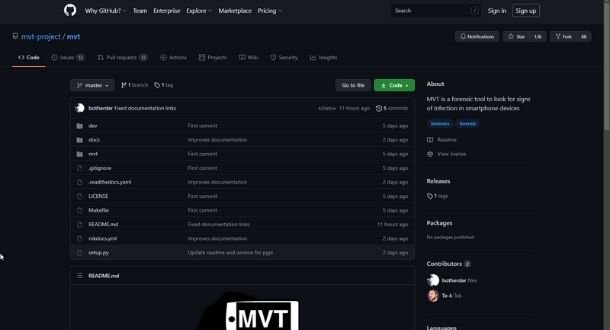
#HTTP TOOLKIT GITHUB FREE#
If you have an application installed but the interception option is still disabled, or if an option is enabled but it's not working for you, that's a bug! Please file an issue so we can get this fixed.Īny other questions? Feel free to get in touch.The following list gives you the steps to use BTK in Matlab. Terminal interception should be available on all machines, but it's possible that browser and other interception options might not be available on your machine, depending on the applications you have installed.In the latter case, you'll likely receive certificate errors, and you should be able to see rows showing failed or rejected requests on the View page. In the former case, you should see "You're not being intercepted" when making requests to. If you're struggling to manually set up a client, there's two possibilities: either the client isn't using the HTTP proxy settings correctly, or it doesn't trust the certificate.You should see "You're not being intercepted" or "You're being intercepted", depending on whether your traffic is successfuly going through HTTP Toolkit If you need to test whether any client is working correctly, make a request to.Struggling to get interception working? Here's some tips: Let's talk through the tools available for inspecting that intercepted traffic. You can find the specific settings required for your instance of HTTP Toolkit by clicking the 'Anything' interception option on the Intercept page. The steps to do this vary significantly, depend on the specific client you're using, but there is normally an option or setting available to configure each of these. Ensure the client trusts your HTTPS certificate (if you're using HTTPS).Configure the HTTP proxy settings to point to HTTP Toolkit.To manually intercept traffic from a client that doesn't have automatic setup, you need to do two things: HTTP requests sent by almost all Node.js HTTP & HTTPS clients will be intercepted automatically, in addition to requests from most clients for Python, Java, Ruby, PHP, cURL, and many other languages & tools. > const https = require ( 'https' ) > https.

Now you just need to send some requests! As an example, you can send a request with Node.js's built-in client by running the below: In every other respect though, it's just like any other terminal on your system, and you should be able to run commands just like normal.Ĭlicking that button is all the setup that's required. Within this window, various environmental variables & overrides are in place so that any applications started there are automatically intercepted. To do this, click the 'Fresh Terminal' interception option to open a new intercepted terminal window. HTTP Toolkit also allows you to intercept servers, scripts & command-line tools, such as Node.js applications. This step assumes you have Node.js installed. Visit another URL (why not try this page?) to explore the requests & responses of other web pages & applications. Initially, you'll see a few requests that Chrome itself sends during startup.
#HTTP TOOLKIT GITHUB FULL#
Each request is shown on the left in the order they were sent, and they can be clicked to see their full details in the panel on the right. Once Chrome has opened, you will see all traffic that it has sent and received on the 'View' page in HTTP Toolkit. This allows you to continue using your existing browser separately from HTTP Toolkit, whilst intercepting the traffic shown in this browser. This uses a separate Chrome profile, so will start as a clean browser, disconnected from other profiles and their settings, extensions & history that you might have on your machine. A Chrome window should appear within a few seconds, showing, a test site which you can use to confirm whether your connection is being intercepted: Click the 'Chrome' interception option to launch a new Chrome instance.

This step assumes you have Chrome installed. Not all options will be enabled: some are placeholders for future interception features, and some might not be available on your system. You can click options here to intercept different clients, or search the options to find the right ones for your case. To intercept traffic, open the 'Intercept' page of HTTP Toolkit (this is the initial page, if you've just opened the application). You can set it up manually to work with any HTTP client that supports proxies, and it also comes with automatic setup for many specific tools. Once you're intercepting traffic from a client, you can explore & examine it to understand what it's doing, or rewrite it to provide mock responses, inject errors, and test edge cases.įor interception, HTTP Toolkit acts as an HTTP & HTTPS proxy.

HTTP Toolkit allows you to intercept HTTP & HTTPS traffic from almost any HTTP client.


 0 kommentar(er)
0 kommentar(er)
